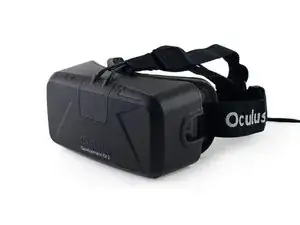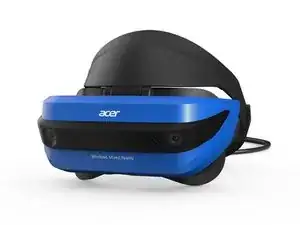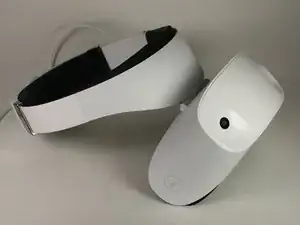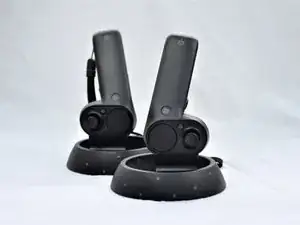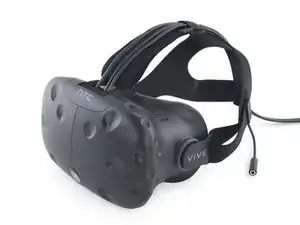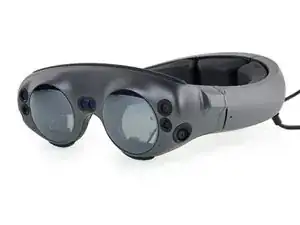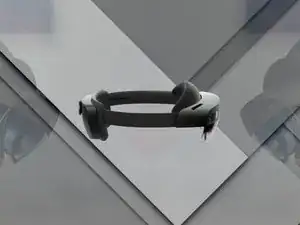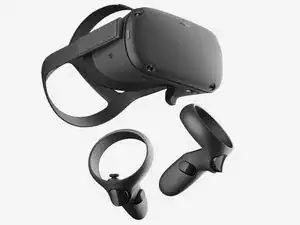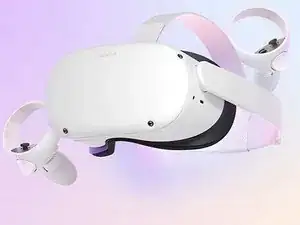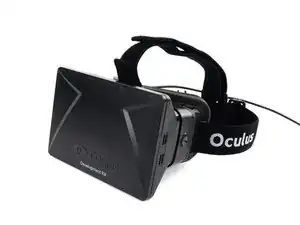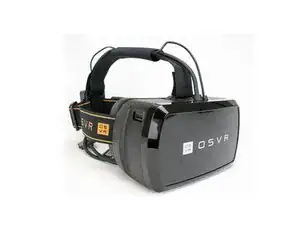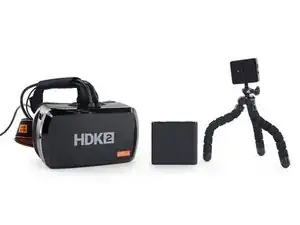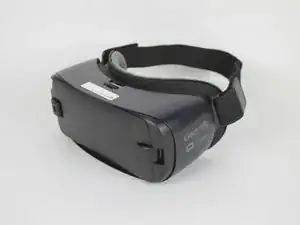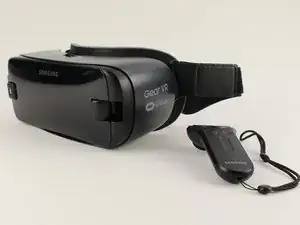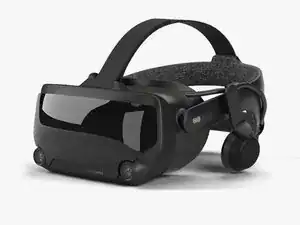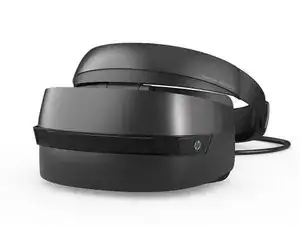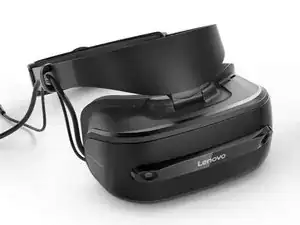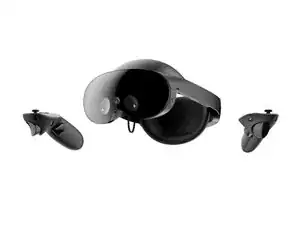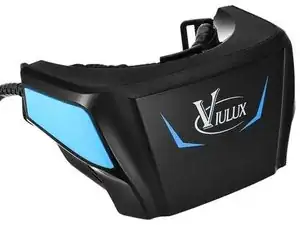Background and Identification
A virtual reality (VR) headset is a head-mounted apparatus that produces a virtual reality experience for users. VR headsets are used for simulations and training but are most widely used with video games. Virtual reality headsets can either be standalone or tethered. Standalone VR headsets include all necessary components within the headset worn by users. Tethered headsets display a virtual reality experience from another device like a video game console.
The first virtual reality headset, the Sega VR, was announced in 1991 and completed in 1993, though models were never released for consumer use. Early headsets were not commercially successful because of their limited technology.
The Oculus Rift VR headset is notable because it was funded by a crowdfunding campaign. Oculus Rift VR headsets began shipping in March 2016. Some virtual reality headsets have since been designed for smartphone compatibility.
VR headsets include a stereoscopic head-mounted display that provides individual images for each eye, motion-tracking sensors, and stereo sound to produce an immersive, realistic experience. The motion-tracking sensors can include accelerometers, gyroscopes, magnetometers, and eye-tracking sensors.
In addition to virtual reality headsets, VR experiences often require controllers to control actions within games and simulations. Virtual reality headsets are used for medical training, especially for surgery simulations. Virtual reality has also been used by the United States Armed Forces, particularly for safely training soldiers and other military personnel.
